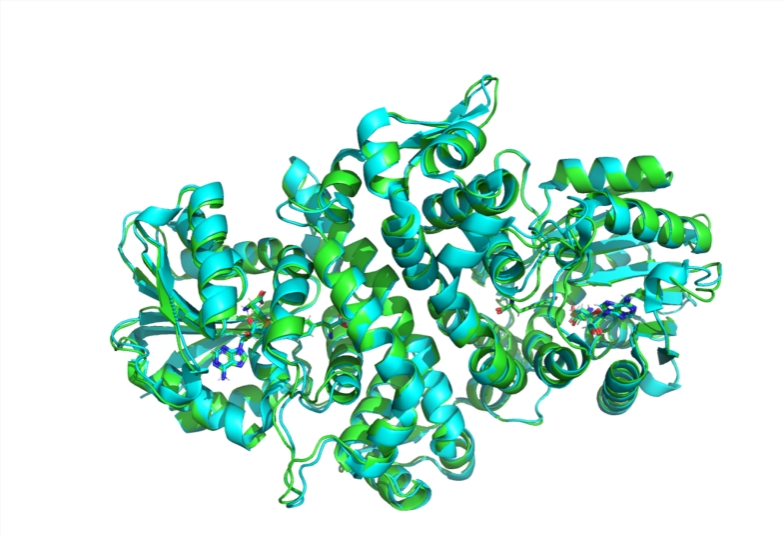Researchers at the Massachusetts Institute of Technology (MIT) have released a powerful open-source artificial intelligence model called Boltz-1 that achieves the same accuracy as Google DeepMind's AlphaFold3 in predicting biomolecule structures. This breakthrough is expected to significantly accelerate the process of biomedical research and drug development, providing a more convenient and efficient tool for global scientific researchers. The fully open source nature of Boltz-1 also encourages broader collaboration and community participation, further advancing the pace of scientific discovery.
Scientists at the Massachusetts Institute of Technology (MIT) recently released a powerful open source artificial intelligence model called Boltz-1. This innovation promises to significantly accelerate biomedical research and drug development.
Boltz-1 is the first fully open source model capable of reaching the same advanced level as Google DeepMind's AlphaFold3 in biomolecule structure prediction. The model was developed by a team from the MIT Jameel Machine Learning Health Clinic, led by graduate students Jeremy Wolvind and Gabriel Corso, and also including MIT researcher Salo Passaro and electrical engineer With computer science professors Regina Bardsley and Tommy Akara.

At the December 5 launch, Wohlwind and Corso said their ultimate goal is to foster global collaboration, accelerate scientific discovery, and provide a robust platform to advance biomolecular modeling. "We hope this can be a starting point for the community," Corso said, stressing that the naming of "Boltz-1" rather than "Boltz" is intended to encourage community participation.
Proteins play a key role in almost all biological processes, and the shape of a protein is closely related to its function, so understanding the structure of a protein is crucial for designing new drugs or engineering new proteins with specific functions. Because the process of folding long chains of protein amino acids into three-dimensional structures is extremely complex, accurately predicting their structures has always been a major challenge for the scientific community.
DeepMind's AlphaFold2 uses machine learning to quickly predict 3D protein structures with such high accuracy that it is difficult for experimental scientists to distinguish them. AlphaFold3 improved on this basis and adopted a generative AI model. However, because it was not completely open source, it was criticized by the scientific community. Therefore, the MIT research team set out to develop Boltz-1, following the basic ideas of AlphaFold3, and making improvements on this basis to improve the accuracy and prediction efficiency of the model.
The research team spent four months and conducted multiple experiments to overcome the ambiguity and heterogeneity problems encountered in the protein data bank. Ultimately, their experiments showed that Boltz-1 achieved the same accuracy as AlphaFold3 in predicting the structure of complex biomolecules.
The researchers plan to continue improving the performance of Boltz-1 and shortening the prediction time. They also invite researchers to try out Boltz-1 on GitHub and communicate with other users through the Slack channel. The research team hopes that Boltz-1 will promote broader collaboration and inspire creative applications in the community.
Project: https://jclinic.mit.edu/democratizing-science-boltz-1/
Highlights:
Boltz-1 is the first fully open source biomolecule structure prediction model that achieves the same performance as AlphaFold3.
The model was developed to promote global collaboration and advance biomedical research and drug development.
The MIT team hopes to use Boltz-1 to simplify protein structure prediction so that more researchers can use this powerful tool.
The open source nature of Boltz-1 lowers the threshold for biomedical research, provides scientists around the world with powerful tools, and accelerates the drug development process. This contribution of the MIT team will undoubtedly have a profound impact on future biomedical research. We look forward to Boltz-1 achieving more breakthroughs in future applications.